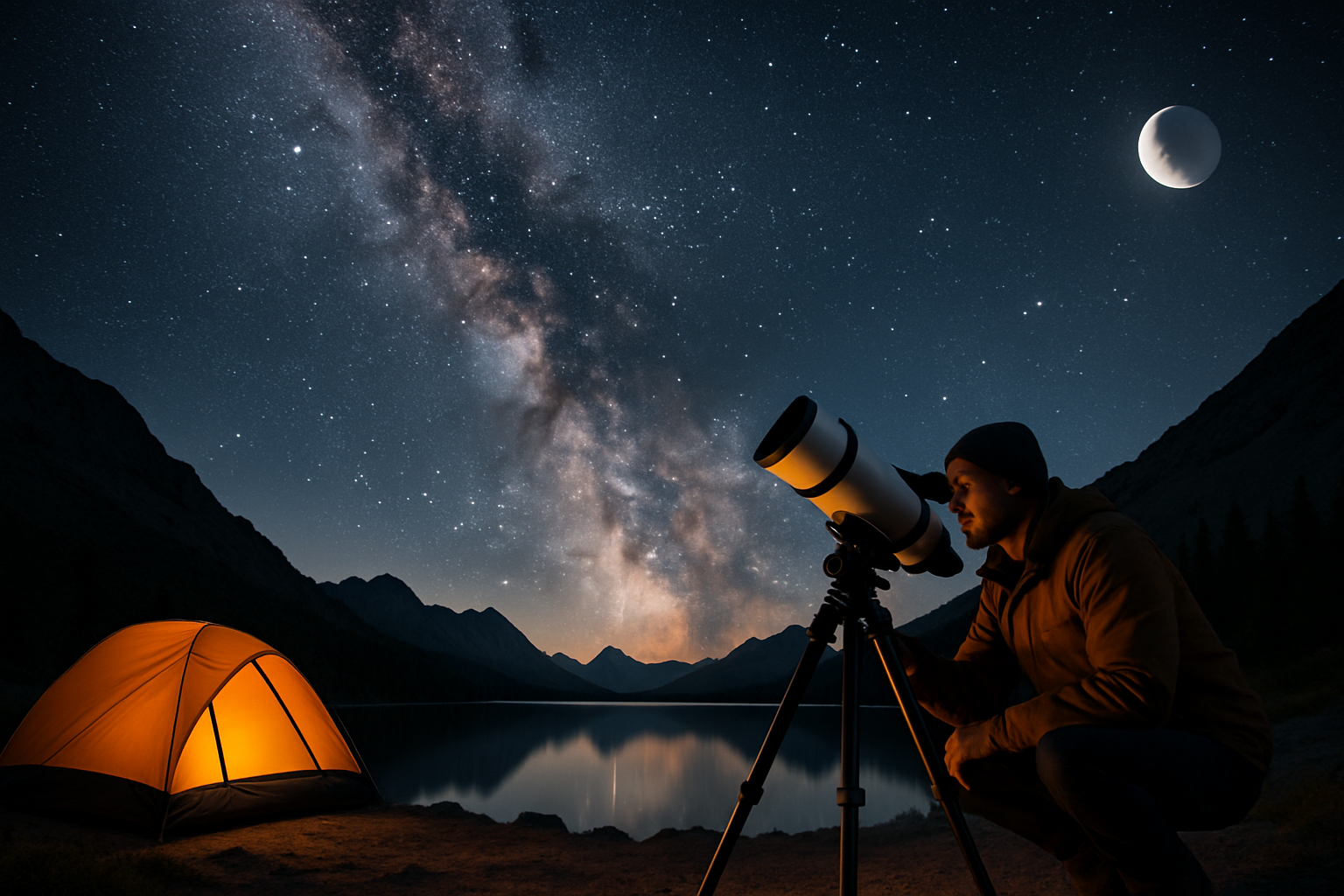Astrotourism: Stargazing Adventures in Dark Sky Destinations
The allure of the night sky has captivated humanity for millennia, but modern light pollution has dimmed our view of the cosmos. Enter astrotourism, a burgeoning travel trend that combines astronomy with exploration. This niche form of travel takes stargazers to remote locales with pristine dark skies, offering unparalleled celestial views and a deeper connection to the universe. From desert observatories to mountaintop retreats, astrotourism is illuminating a new frontier in experiential travel.

Destinations That Shine Bright
While many associate stargazing with remote wilderness, astrotourism destinations span the globe. The Atacama Desert in Chile, known for its exceptionally clear skies and high altitude, has become a mecca for astronomers and tourists. In Europe, the Alqueva Dark Sky Reserve in Portugal offers stargazing boat tours on its lake. New Zealand’s Aoraki Mackenzie International Dark Sky Reserve provides a southern hemisphere perspective on the cosmos, while the Natural Bridges National Monument in Utah showcases the Milky Way against a backdrop of stunning rock formations.
The Science of Darkness
Astrotourism isn’t just about pretty views; it’s deeply rooted in scientific pursuits. Many dark sky destinations host research-grade observatories and offer educational programs. Visitors can learn about astrophotography, telescope operation, and celestial navigation. Some locations even allow tourists to participate in citizen science projects, contributing to real astronomical research while on vacation.
Cultural Connections to the Cosmos
Beyond the scientific aspects, astrotourism often intersects with cultural heritage. Many indigenous cultures have rich astronomical traditions, and some astrotourism experiences incorporate these perspectives. In Hawaii, for example, visitors can learn about traditional Polynesian celestial navigation alongside modern astronomy at Mauna Kea observatories. This blend of ancient wisdom and cutting-edge science adds depth to the stargazing experience.
The Impact on Local Communities
As astrotourism grows, it’s having a significant impact on local economies, particularly in rural areas. Dark sky tourism can extend a destination’s tourist season into nighttime hours and winter months when skies are often clearest. This has led to the development of specialized accommodations, from glass-domed igloos in Finland to star beds in the African savanna. However, the influx of visitors also raises concerns about preserving the very darkness that attracts them, requiring careful management and sustainable practices.
Celestial Travel Tips
• Plan your visit around lunar cycles; new moons offer the darkest skies
• Bring warm layers; temperatures can drop significantly at night
• Allow time for your eyes to adjust to darkness; it takes about 30 minutes
• Use red-light flashlights to preserve night vision
• Consider joining a guided tour for expert insights and access to equipment
• Check weather forecasts; clear skies are crucial for optimal viewing
• Research local astronomical events for unique viewing opportunities
Astrotourism represents a fascinating convergence of science, nature, and cultural exploration. As light pollution continues to obscure our view of the stars in urban areas, these dark sky destinations offer a window to the wonders of the universe. Whether you’re a seasoned astronomer or simply curious about the night sky, astrotourism provides a unique way to broaden your horizons and gain a new perspective on our place in the cosmos. As this trend continues to grow, it promises to shed new light on the importance of preserving our planet’s dark skies for future generations of stargazers and scientists alike.





